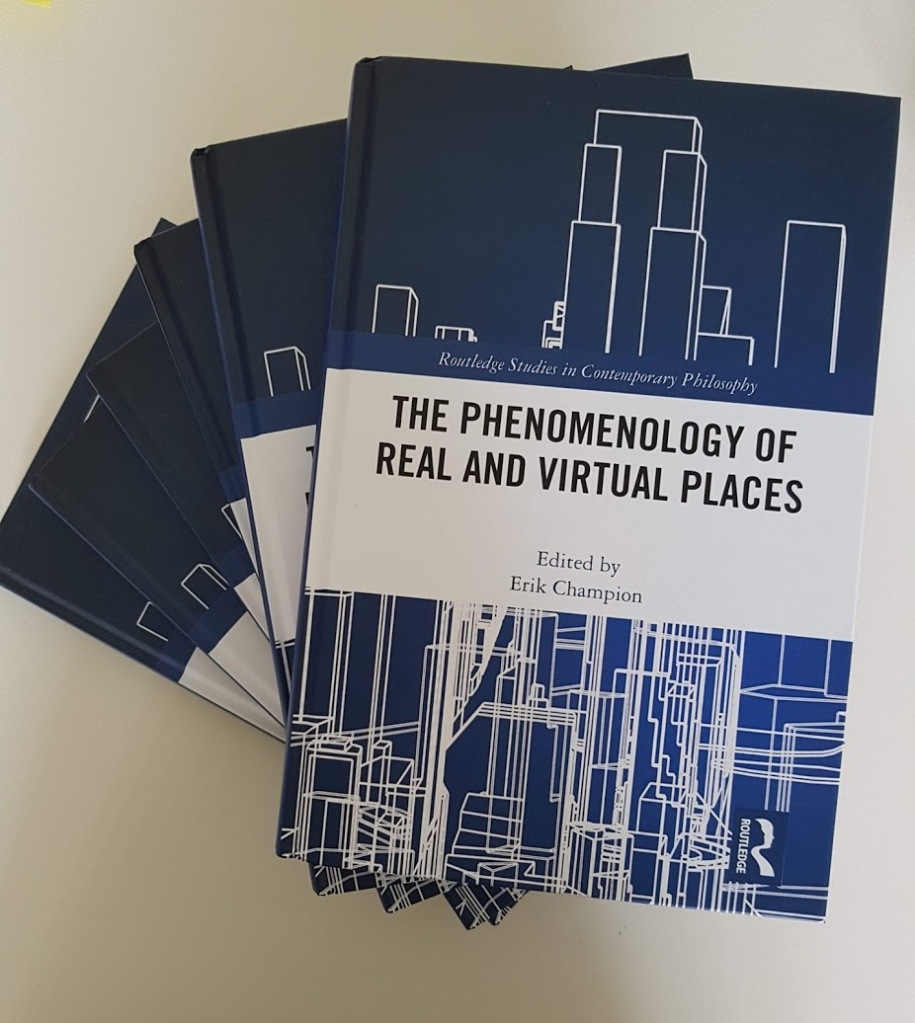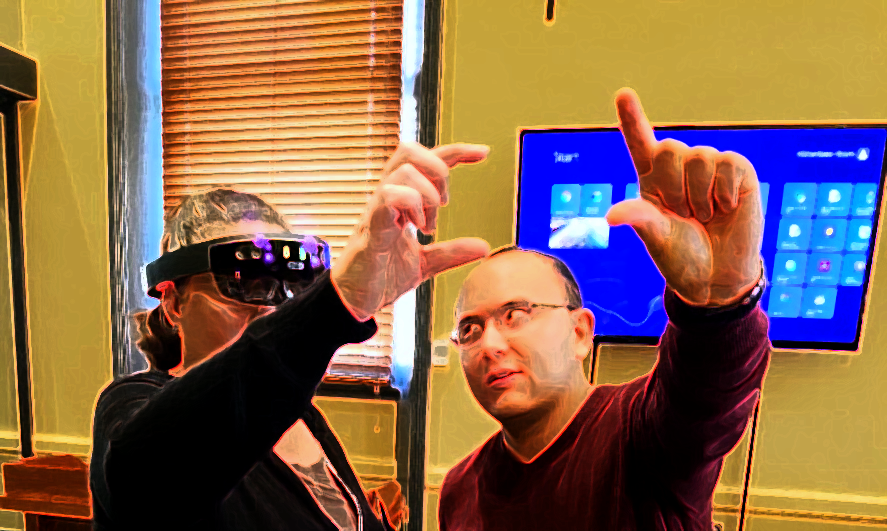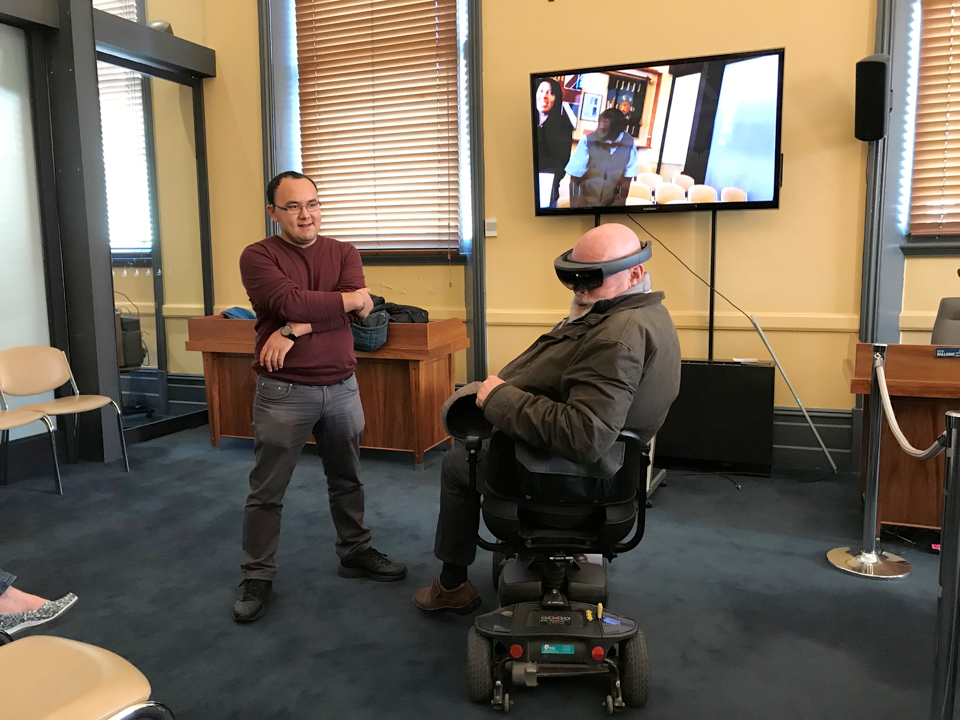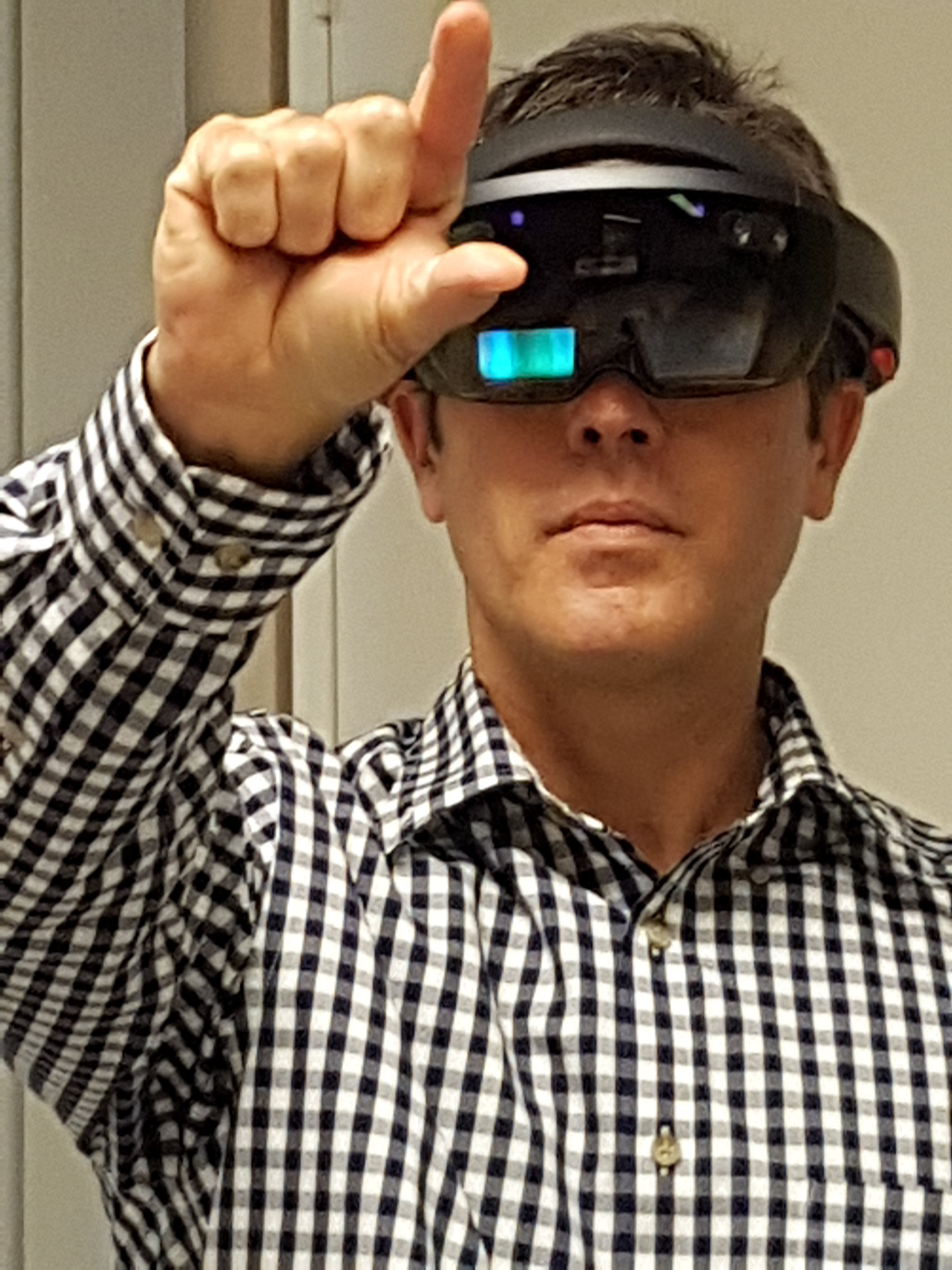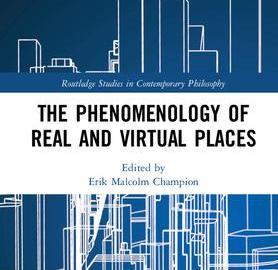I have written a book on the above which looks like (touch wood) will go into production.
I have about 30 images in the planned book but am wondering if I can or should place there an image (8×11 inches, landscape orientation or portrait if there is an area for the cover page text). Do any of the below look ok? Or should I ask a game company for screenshot permission?
Chapter titles are:
1 A Potted History of Virtual Reality
2 Dead, Dying, Failed Worlds
3 Architecture: Places Without People
4 Theories of Place & Cyberspace
5 Rats & Goosebumps-Mind, Body & Embodiment
6 Games are not Interactive Places
7 Do Serious Gamers Learn From Place?
8 Cultural Places
9 Evaluating Sense of Place, Virtual Places & Virtual Worlds
10 Place-Making Interfaces & Platforms
11 Conclusion
Initial image: Microsoft HoloLens in the Duyfken showing mixed reality maps and 3D models (Mafkereseb Bekele PhD project); Ikrom Nishanbaev and Susan at Ballarat Heritage Weekend, Ballarat Town Hall; Ikrom and public member, Ballarat; the HoloLens demo’d at the WA State Archives..



